Dams In Alabama
There are 16 major Dams in Alabama and numerous smaller ones, and they play a vital role in the state’s power system as well as numerous other major functions.
Without these dams, life in this beautiful state, would not be quite the same as it is today.
Dams are a vital part of the States’ infrastructure, as water is one of its most precious resources.
We depend on it, and throughout history people all over the world have built them.
They provide life-sustaining resources for the State, and are a vital factor in its infrastructure.
They are as important as the bridges we cross, as well as the roads we drive.
They serve several important functions, are here are just a few.
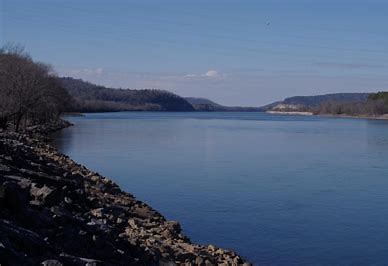 Lake Gunterson Lake and Dam
Lake Gunterson Lake and DamThe Functions They Serve
- Electrical Generation
- Renewable and Clean Energy
- Flood Control
- Water Storage
- Irrigation
- Navigation
- Recreation
Electrical generation is critical to hydropower, and the United Staes is second only to Canada, as Dams produce 8-12 percent of the nation’s power needs.
Without renewable energy, we would have to burn more oil, gas and coal.
Flood control has also been enhanced by these structures, as well as erosion damage, water supplies, wildlife habitat, as well as recreation.
Water storage provided by the Dams in Alabama create reservoirs, help in fire control, as well as the much-needed irrigation for the crops we produce.
Navigation is also very important and provides for inland waterways, locks, and harbors, and recreation as we not it today would not be possible without them.
The Basic of Dams in Alabama
Dams are man-made in several different ways, including the following.
- Embankment
- Concrete
- Gravity
- Buttress
- Arch
Embankment styles are the most common type of dam in use today, and the materials used to make them include natural soil or rock, as well as waste material from mining or drilling operations.
This type of structure is referred to as “earth fill” or “rockfill”, and the ability of this type is to resist the reservoir water pressure and its overall strength, depends on what it was actually made of.
Concrete Dams are categorized by their designs used to resist the stress due to water pressure and are made in three types: brevity, buttress, and arch.
Concrete gravity dams are the most common form, as the mass weight of concrete and friction helps to resist the water pressure.
They are construed of vertical blocks of concrete, with flexible seals in the joints between the blocks.
Buttress dams is a specific type of gravity structure in which a large mass of concrete is reduced, and by this feature, the forces are diverted to the structure’s foundation.
Arch dams are thin in the cross section, and the water forces in these structures are carried laterally to the abutments.
Note: There is one fact the everyone in the State should know; Alabama is the only State without a Dam Safety Program which would provide guidelines to not only build, but inspect our dams.
Dams In Alabama
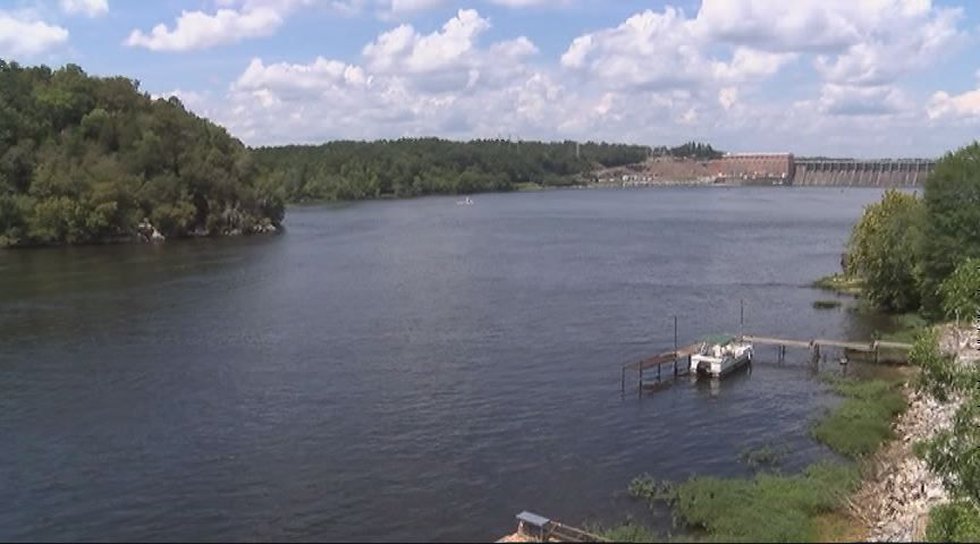 Lewis Smith Lake
Lewis Smith LakeThere are 16 major Dam in Alabama, and here is the list of the 7 most popular.
The First Four
- Guntersville
- Lake Martin and Thomas Wesley
- Lay
- Lewis Smith
- Mitchell
- Weiss
- Wilson
Guntersville
Guntersville Dam is the first on the list of Dams in Alabama, and it is one of the three hydroelectric structures on the Tennessee River.
It is Located in north Alabama in Marshall County, and is seven miles north of the city of Guntersville.
It was completed by the Tennessee Velley Authority in 1939, and is to day maintained and owned by the TVA and the U.S. Army Corps of Engineers.
The lake located there is the largest in the State of Alabama, and prior to its completion, the Tennessee River was too shallow to navigate in many areas around the city.
Because of this, regional farmers suffered severe crop losses during flooding periods.
Lake Martin and Thomas Wesley Martin Dam
The next on the list is the Lake Martin and Thomas Welsey Martin, and is located on the Tallapoosa River.
Lake Martin covers approximately 40,000 acres when the reservoir is full, and has 700 miles of shoreline.
Because of its huge size, it makes it one of the largest man-made lakes in Alabama.
In fact, at the time of its construction, it was the largest man-made lake in the world.
The Thomas Wesley Martin Dam was one of the several structures built on the Tallapoosa during the first half of the 20th century.
It stopped the flow of the Tallapoosa River, just south of Dadeville.
Lay Dam
Next on list of Dams in Alabama, is Lay, which is located in Chilton and Coosa counties, near the town of Clanton.
It was the first hydroelectric plant built by Alabama Power Company, and has been in service since 1914.
It not only supplies hydroelectric power and fronts Lay Lake; it is also a prime fishing and recreation destination.
Lewis Smith Dam
Lewis Smith Lake was created in 1961 by the Alabama Power Company, as a result by the construction of the dam.
This structure also helped to produce hydroelectric power, as well as improve river traffic flow along rivers.
This includes the Sipsey Fork of the Black Warrior River, and provides numerous recreational opportunities.
It is a massive 21,200-acre lake that staddles Cullman, Walker, and Winston counties in north-central Alabama.
The Final Three Dam in Alabama
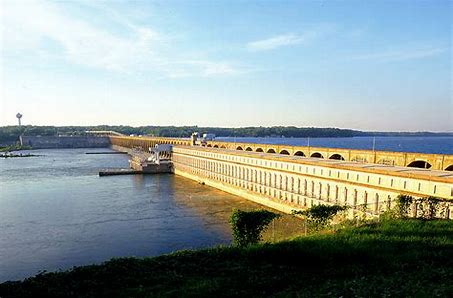 Wilson Dam
Wilson DamMitchell Lake and Dam
Next is the Mitchell Lake and Dam, which is located in Coosa and Chilton Countie, and sets on the Coosa River.
It was constructed in 1923 by the Alabama Power Company, and started to generate electricity for the area in 1923.
Weiss Dam
Next on the list of Dams in Alabama is the Weiss, located near Leesburg in Cherokee County.
It was the first structure built as part of the Alabama Power Company construction program.
This program would further alter the Coosa River in the late 1950’s and 60’s, and construction started in 1958, and it started to produce power in 1961.
Wilson Dam
The final of the Dams in Alabama is the Wilson, and is located on the Tennessee River near Muscle Shoals.
It was originally built to provide hydroelectric power for the production of nitrates during WWI, and it also made the river more navigable.
It is a concrete gravity structure, meaning it holds back water entirely by its weight.
The total length of this structure is 4,541 feet, it is 137 feet high, and it is 160 feet wide.
References
Dams 101 | Association of State Dam Safety
Related Pages
The Guntersville Dam is one of the three hydroelectric structures on the Tennessee River.
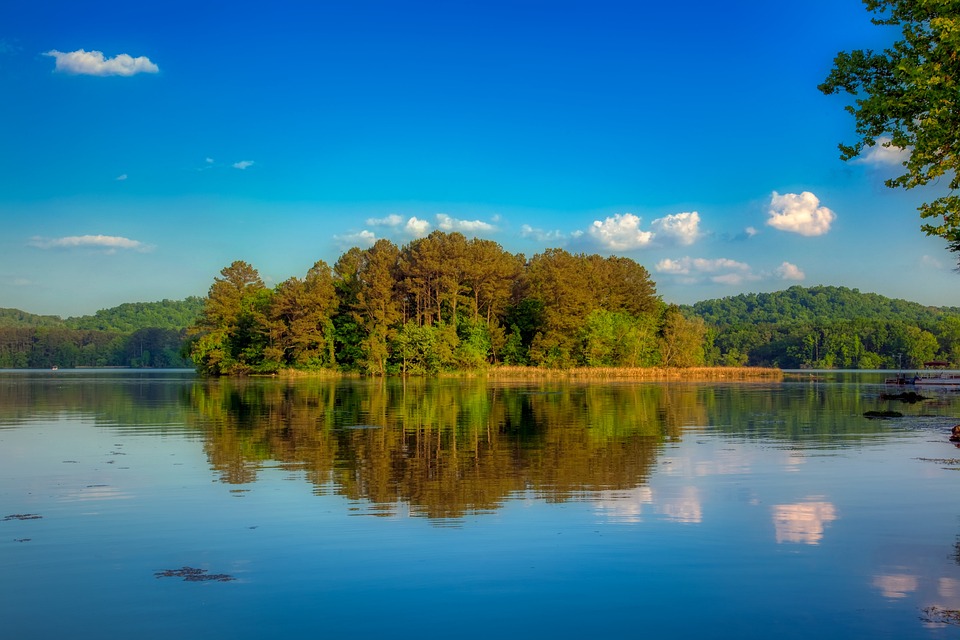 Lake Guntersville
Lake GuntersvilleContinue Reading About the Guntersville Dam
The Lewis Smith Dam and Lake is one of the most popular attractions in the State of Alabama for one simple reason: its location.
 Sunset at Lewis Smith Dam and Lake
Sunset at Lewis Smith Dam and LakeContinue Reading About the Lewis Smith Dam and Lake
Beautiful Lake Mitchell and Dam was named for the former President of Alabama Power, James Mitchell.
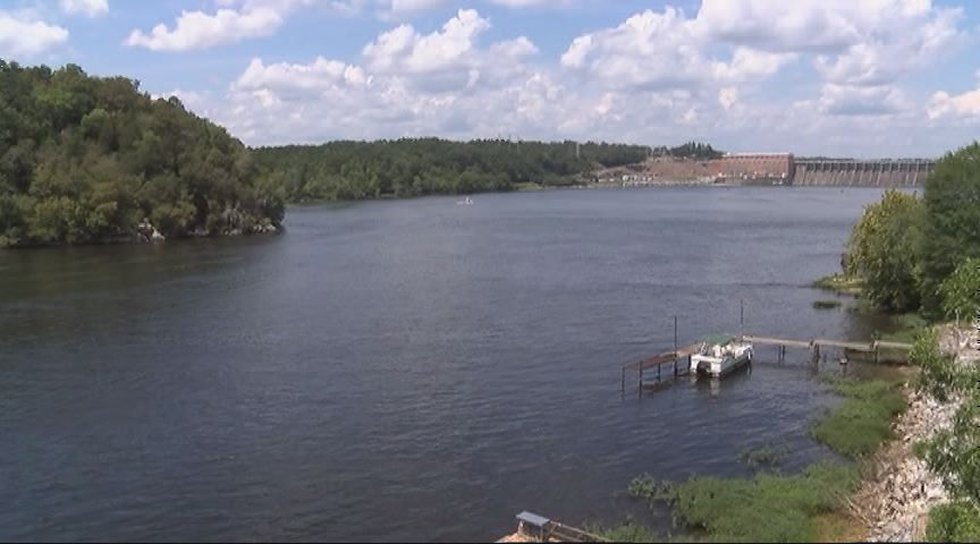 Beautiful Lake Mitchell and Dam
Beautiful Lake Mitchell and DamContinue Reading About Mitchell Lake and Dam
Weiss Dam and Lake are very unique to the power system of Alabama Power for one simple reason; the spillway gates are about four miles from powerhouse.
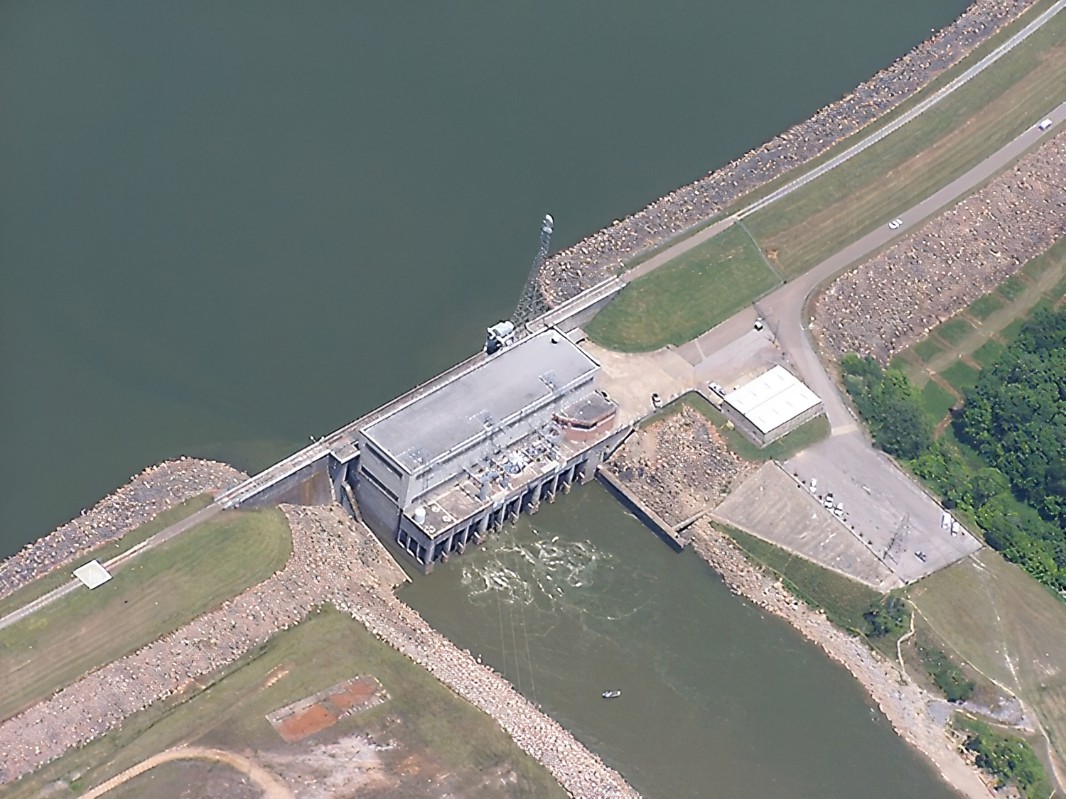 Overhead View of Weiss Dam
Overhead View of Weiss DamContinue Reading About the Weiss Dam and Lake
The Wilson Dam and Reservoir is one of the most unique of all the structures in the State for one very simple reason; the reason for being built in the first place.
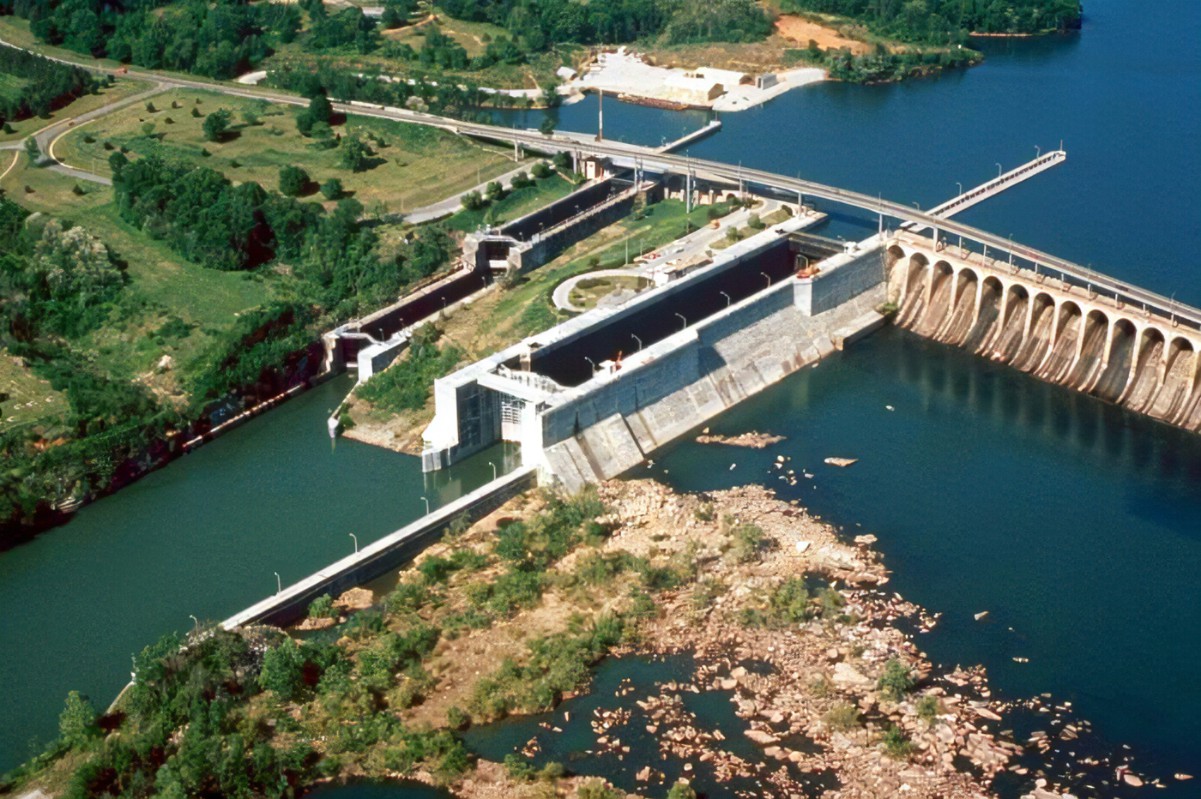 Overhead View of Wilson Dam
Overhead View of Wilson DamContinue Reading About the Wilson Dam and Reservoir

Alabama Gift Store
Numerous Items for You and Your Family to Enjoy
See it here at the Gift Store
Copyright 2019-2023 Alabamabackroads.com
All Rights Reserved
















